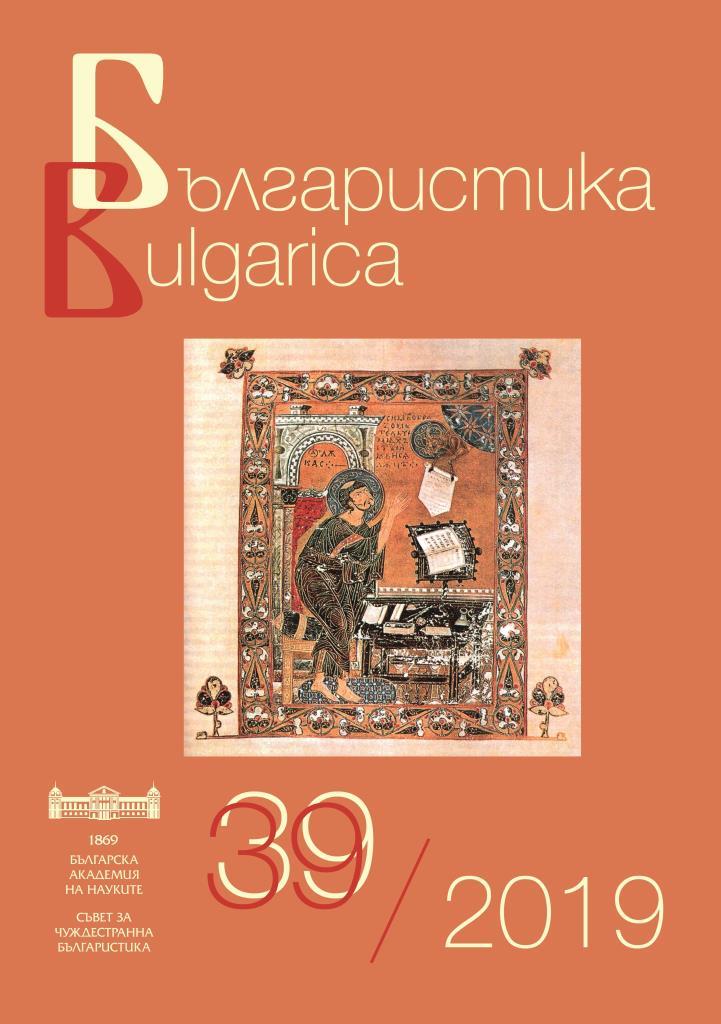
We kindly inform you that, as long as the subject affiliation of our 300.000+ articles is in progress, you might get unsufficient or no results on your third level or second level search. In this case, please broaden your search criteria.

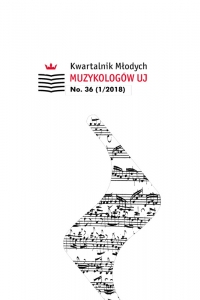
The history of the organs in the Cistercian Abbey in Kraków-Mogiła has not been studied so far. The article elaborates this topic based on the results of an archival query. Most of the sources are preserved in the Cistercian Archive in Mogiła. Examining them, the author discusses the history of instruments in the monastic church and in the former St Bartholomew church. On the basis of the sources, it was stated that at least in the 18th century the monastery church was equipped with two pipe organs. This fact has not been pointed out so far by researchers. The following article is supplemented by archival photographs.
More...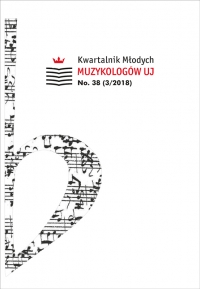
This article explores the newly discovered account books of the Lviv Uniate Musical Chapel of the Bishop Leon Szeptycki. The main stay of this musical chapel was the architectural complex of the Cathedral of St George in Lviv. Today, two account books are stored in the department of old books and manuscripts of the Andrey Sheptytsky National Museum in Lviv in the archives of the Lviv bishops; they cover the years 1760–1779. In the first two parts of the article, the author investigates the issues of the founding of the musical chapel and its place of activity. In the third part, there is a list of musicians who were members of this chapel over the years. In addition to the names and surnames, their positions, years of employment, musical instruments which they played and details of their biography are indicated. In the next part, there is a list of pupils of the chapel. It appears that the total number of pupils ranged from 2 to 14. Adult musicians and pupils played various instruments: harpsichord (“klawicymbaly”), clavichord (“klawikort”), organ, violin, alto, viola da gamba (“kwartviola”), cello (“basetla”), oboe, bassoon, trumpet and horn; there were singers as well. In the fifth part, the author specifies in what way the Lviv Uniate musical chapel was financed. In the next part, both the church and the secular musical repertoire of the musical chapel are described. In this section, also information from the Warsaw periodicals are used. In the seventh part, the collaboration of the Uniate music chapel with other chapels and monastic orders, Jesuits, Dominicans and Conventual Franciscans is explored. In the last part, the author examines the information about the human settlements that are found on the pages of the account books.
More...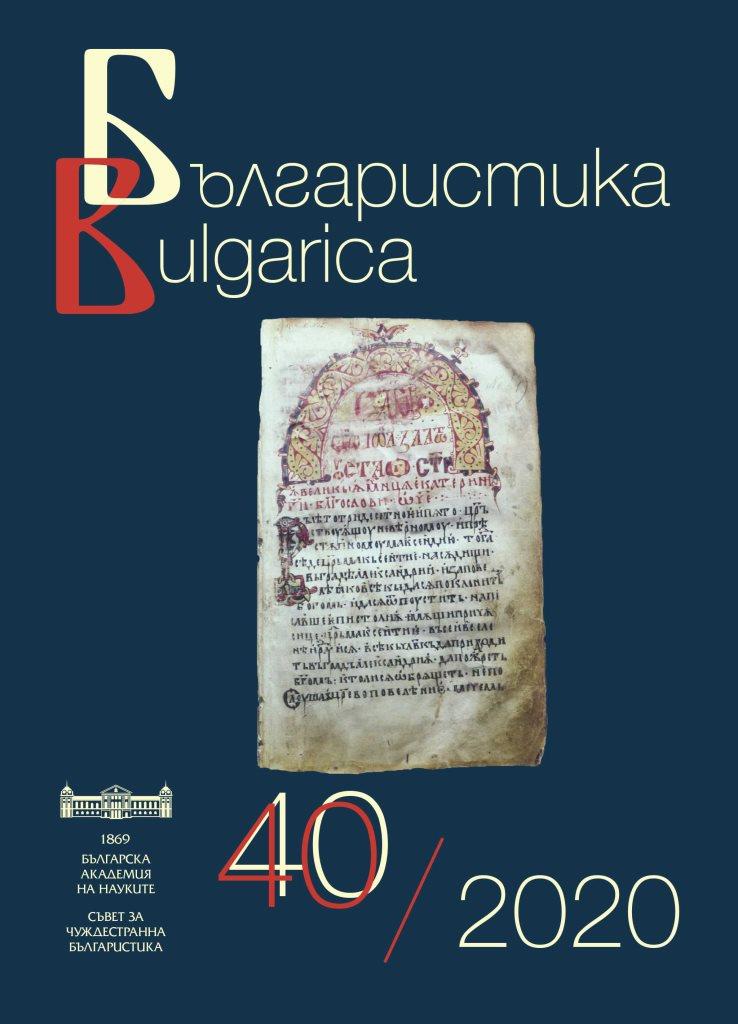

Defended PhD theses in Bulgaria in the field of linguistics, literature, history, folklore, ethnography and art studies
More...





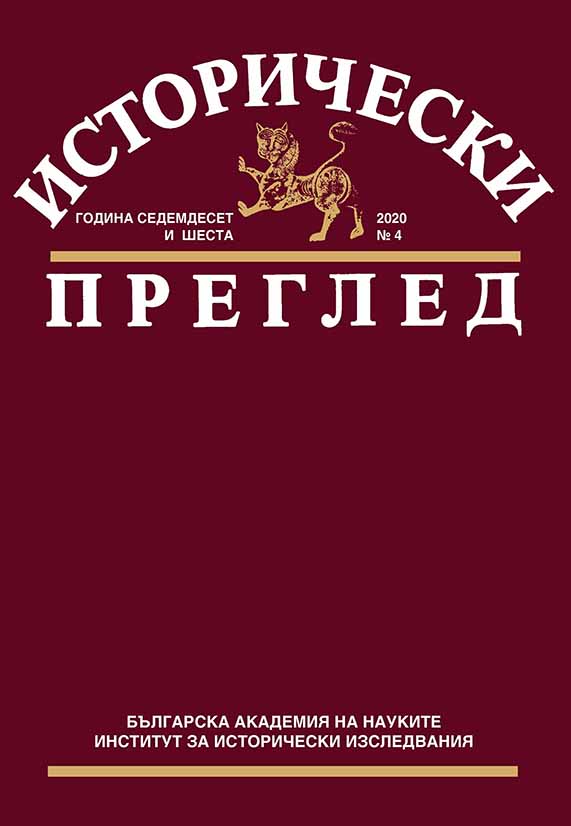
The study traces some cases of inaccurate and mistakenly recorded museum artefacts between the 1950s and 1970s. The main object is the Archive of the hero in the Serbian-Turkish and Russo-Turkish wars 1876–1878 Major Raycho Nikolov, but other precious exhibits accepted in the same time are also considered as analogical examples. It is unclear in the present documentation how and when these cultural valuables reached the Museum. For the first time the registration books and some other documents of the previous communist Museum of the Revolutionary Movement are used as a historical source.
More...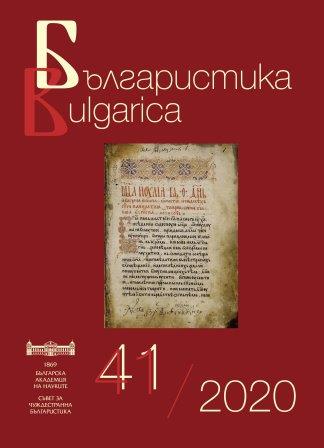





This special issue stems from a panel we organised at the European Conference on South Asian Studies in 2018, under the title ‘Banglascapes in Southern Europe: comparative perspectives’. Not all the panel participants from that conference feature in this special issue, and not all the authors included here were present at the conference. Nevertheless, the panel represents a first important moment in which we began to collect case-studies and insights on a relatively new aspect of the so-called Bengali, or Bangladeshi, ‘diaspora’.
More...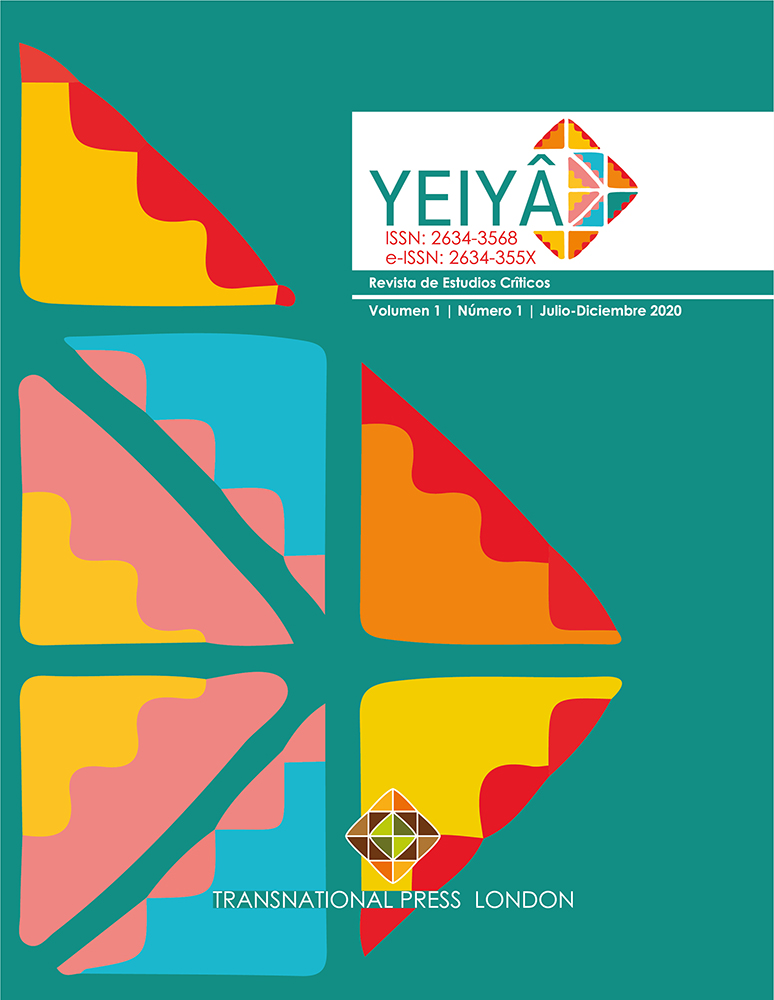
Yeiyá (“caminar” en wixárica, grupo étnico de México), revista de estudios críticos sobre ciencias sociales de los problemas y retos más importantes del mundo, y en particular de América Latina, hace su aparición a finales del 2020, año de enorme incertidumbre por la pandemia del capitalismo global que de forma inédita presenta la sincronía con una crisis civilizatoria multidimensional evidente desde los años setenta del siglo anterior, que se profundiza con la Gran Recesión económica de 2007-2010 y ahora con la doble pandemia mundial, sanitaria y económica, muestran la enorme vulnerabilidad de la humanidad y del planeta de seguir bajo los dictados del modelo de la muerte neoliberal y la financiarización de todos los aspectos de la economía, la sociedad, la naturaleza y la vida. Los impactos planetarios a nivel sanitario, económico, de desigualdad social creciente y de mayor ecocidio frente a un acentuado proceso de concentración de la riqueza de las corporaciones financieras, informáticas, de la salud y la industria militar obligan a promover un debate profundo sobre nuevas propuestas de organización social, de estrategias diferentes de desarrollo con la seguridad humana, el bienestar y la sostenibilidad ambiental como prioridades centrales. Lo que implica, entre otras tareas, definir el regreso del Estado al frente de las políticas sanitarias y económicas en todo el mundo como única estrategia para enfrentar los impactos y construir la salida de la doble pandemia, se convierte en una etapa de transición hacia la construcción de escenarios de posdesarrollo que erradiquen la explotación, la desigualdad, la depredación de la naturaleza y el aniquilamiento de las diferentes expresiones de la vida.
More...
El modelo capitalista neoliberal que rige el mundo en el siglo XXI, no puede negar la alarmante situación de muertes por COVID-19, así como tampoco su incapacidad para responder ante el impacto económico que está generando dicha pandemia. No tener el control hasta estos momentos de lo primero pone fuera de sus manos el control de lo segundo. La dinámica de libre mercado queda restringida ante epidemias mundiales o crisis ambientales de alto nivel. El desarrollo pensado desde “arriba” no alcanza a explicar las consecuencias que el fenómeno de crisis sanitaria mundial está ocasionando a nivel económico, social y político. El post-desarrollo empieza a tener sentido, al cuestionar el concepto de crecimiento económico y sus metas, pugnando por incluir una cosmovisión como fundamento de un nuevo modelo de desarrollo a nivel mundial. Este trabajo tiene como propósito evidenciar la necesidad de incluir nuevas formas de desarrollo que contemplen múltiples universos.
More...